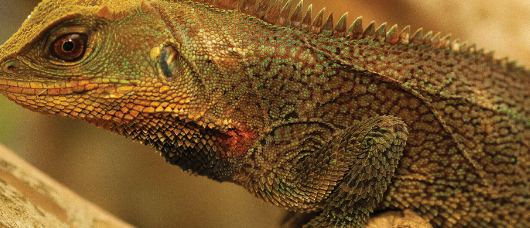Key insights into the mythical and biological connections of Dragon:S2d2zgosrig= Reptiles

The concept of dragons, while rooted in mythology, invites intriguing parallels to the characteristics of real reptiles, prompting an exploration of both their symbolic and biological significance. These fantastical beings, often depicted with a myriad of forms and vibrant colors, echo the adaptive strategies observed in various reptilian species, such as camouflage and thermoregulation. This intersection of folklore and science challenges our understanding of power dynamics and the unpredictability of nature, paving the way for a deeper examination of how these themes manifest in both the mythical and natural worlds. What implications might this have for our perceptions of authority and chaos?
The Myth of Dragons
The myth of Dragon:S2d2zgosrig= Reptiles, pervasive across various cultures, often intertwines elements of folklore, symbolism, and the natural world, reflecting humanity’s complex relationship with the concepts of power, fear, and the unknown.
Dragon legends serve as rich cultural symbolism, embodying societal values and fears.
These mythical creatures often represent authority, protection, and chaos, illustrating how diverse societies interpret their environments and existential threats.
See also Keen to uncover the secrets of Dragon:Fj9yvlg5ysq= Skyrim
Diverse Reptilian Species
Dragons, while fictional, have roots in the diverse characteristics of real reptilian species that inhabit our planet, showcasing a vast array of adaptations, behaviors, and ecological roles that contribute to the rich tapestry of reptilian biodiversity.
Color variations among species often reflect habitat preferences, influencing camouflage and thermoregulation.
This diversity underscores the evolutionary processes that shape reptilian life, highlighting their ecological significance and adaptive strategies.
Adaptations and Survival Strategies
Adaptations and survival strategies among reptilian species illustrate the intricate relationship between environmental pressures and evolutionary responses, demonstrating how various traits enhance their ability to thrive in diverse habitats.
Notably, camouflage techniques allow reptiles to evade predators, while efficient thermal regulation mechanisms enable them to maintain optimal body temperatures, ensuring survival in fluctuating environments.
These adaptations exemplify the dynamic interplay between organisms and their ecological niches.
See also Discover how the Dragon:D_X6o9jv0uy= China evolving identity amidst technological advancements
Conclusion
The myth of dragons serves as a fascinating lens through which to explore the complexities of reptilian adaptations and survival strategies.
With over 10,000 species of reptiles documented globally, each showcasing unique traits such as the ability to change color or regulate body temperature, the parallels to dragon lore become evident.
These adaptations highlight the intricate relationship between these mythical creatures and the natural world, illustrating how folklore mirrors the awe-inspiring diversity and resilience inherent in reptilian life.




